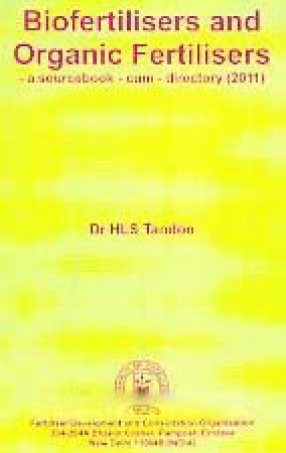
Fertiliser Development and Consultation Organisation

26 books




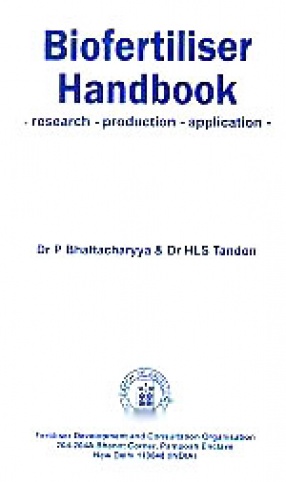

Must for all those who are interested in and engaged in soil testing (i) for making site specific fertilizer recommendations for different soils and crops for faciltating balanced and effcient ferilizer application and eddcient nutrient use, (ii) for assessing soil chemical health (iii) for periodically monitoring changes in soil ferility, (iv) for diagnosis of soil constraints such as acidity, salinity, alkalinity, toxicities etc, (v) for developing of soil ...

This book describes some proven and widely used methods for the detemination of plant nutrients and quqlity parameters in soils, plant, waters, fertilisers and organic manures/composts. In the various chapters, all essenital plant nutrients are covered, except CI. Thus methods are described mainly for N, P, K, S, Ca, Mg, B, Cu, Fe, Mn, Mo and Zn.
For samples of materials other than soils, methods described are for total nutrient content. In the case of soils, ...


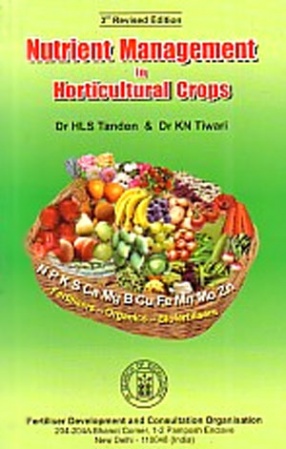
Fruits And Vegetablesd revised edition on soil, fertilizer and integrated Crop Nutrition published by FDCO. Horticultural Crops (fruits, Vegetables and flowers) arc grown on about c).5 million hectares in India. Their importance to the Income of grower farmers and the national Economy is much greater than their 6.5% share of the net cropped area.Horticultural crops are heavy feeders of Plant nutrients. A number of crops may absorb 500-1,000 kg of N + ...
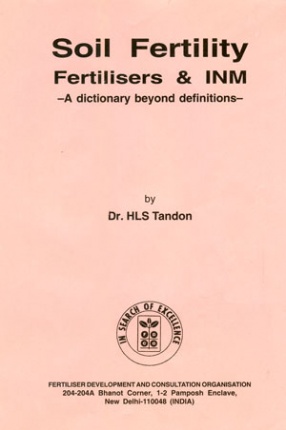
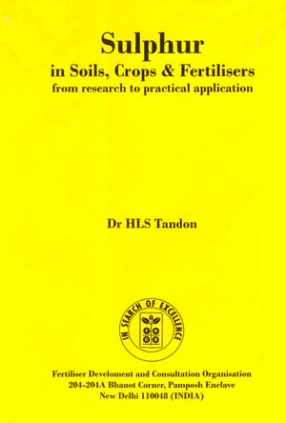
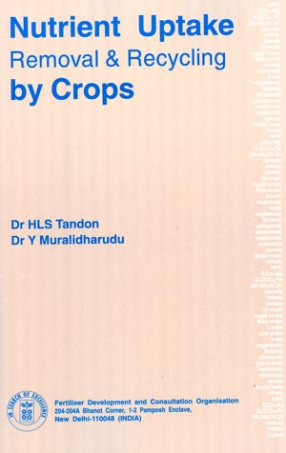
This is the 46th practical and reference book published by FDCO on various aspects of plant nutrients, fertilizers and integrated nutrient management. Several of these books went into 2-3 editions or major revisions and were very well received around the world. This book is a continuation of our efforts in providing technically sound and easily understandable synthesis of scientific information for practical use by various stake holders. This book is ...
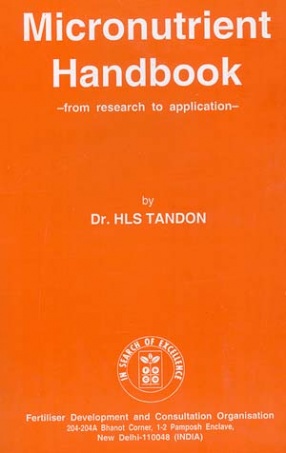


This is a unique, reader-friendly dictionary on soil fertility, fertiliser use and integrated nutrient management. It primarily focuses on the terms, topics and aspects of direct importance to present day agriculture. The dictionary covers not only fertilisers but all sources of plant nutrients (mineral, organic, bio). It also covers all plant nutrients (macro and micro) and provides a broad-based, inter-disciplinary coverage dealing with environmental aspects as ...



This volumes provides the latest available information on fertiliser management in major commercial crops. In addition, results of practical utility have been brought out and areas requiring further research identified. Each chapter has been written by specialists with a know contribution in that subject. The crops covered are sugarcane, cotton, jute, oilseeds, tea, coffee, rubber and coconut. All nutrients (major and micro) have been dealt with. This is the ...

The advances made in fertiliser management for major food crops are summarised and analysed in this book. In addition to synthesising available information, results of practical utility have been brought out and areas requiring further research identified. Each chapter has been written by specialists with a known contribution in that subject. The crops covered are rice, wheat, maize, sorghum, millets, pulses, potato, cassava and vegetables. All nutrients (major ...


Advice on the correct use of fertilizers is sought by all growers in order to maximise returns from investment in this purchased input. In order to advise the growers, the extension, promotion, sales and advisory staff need ready access to fertilizer recommendations. In this guidebook we have compiled, perhaps for the first time, state-wise fertilizer recommendations for fruit, vegetable and flower plants. The handbook covers fertilizer doses of both major and ...

Oilseeds represent the second largest agricultural produce in India, after foodgrains. Oilseeds are grown in 23 million ha. but due to low yields, the country is deficit in edible oils and incurs heavy expenditure on their import. Research has shown that the production of oilseeds can at least be doubled by adopting improved crop production technologies now available. Fertiliser is a key component of these improved practices for oilseeds and is meant to ensure ...


At least sixteen elements are essential for the growth and development of plants. Interactions among them are a standard feature of biological systems. These assume added significance by affecting crop productivity and returns from investments made by farmers in fertilisers. As agriculture becomes more intensive and the extent of nutrient deficiencies increases, so does the practical significance of nutrient interactions. Indian agriculture has already entered ...


